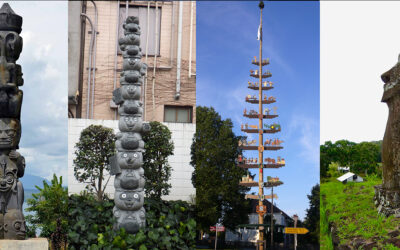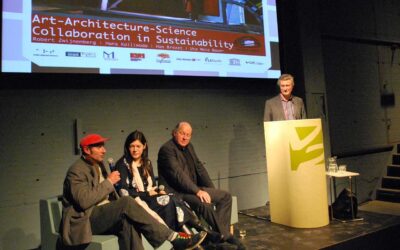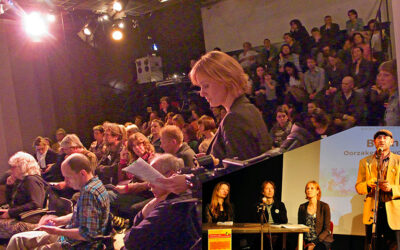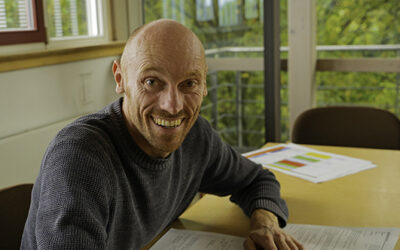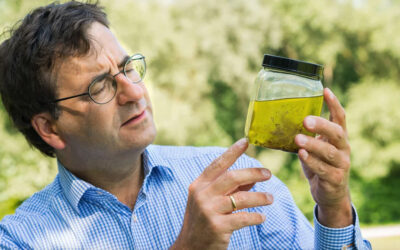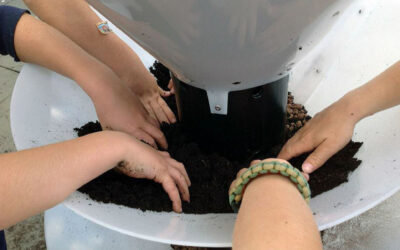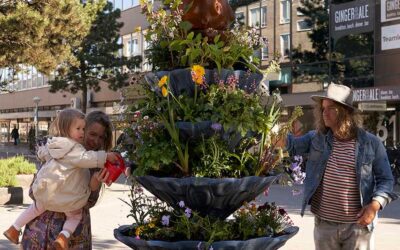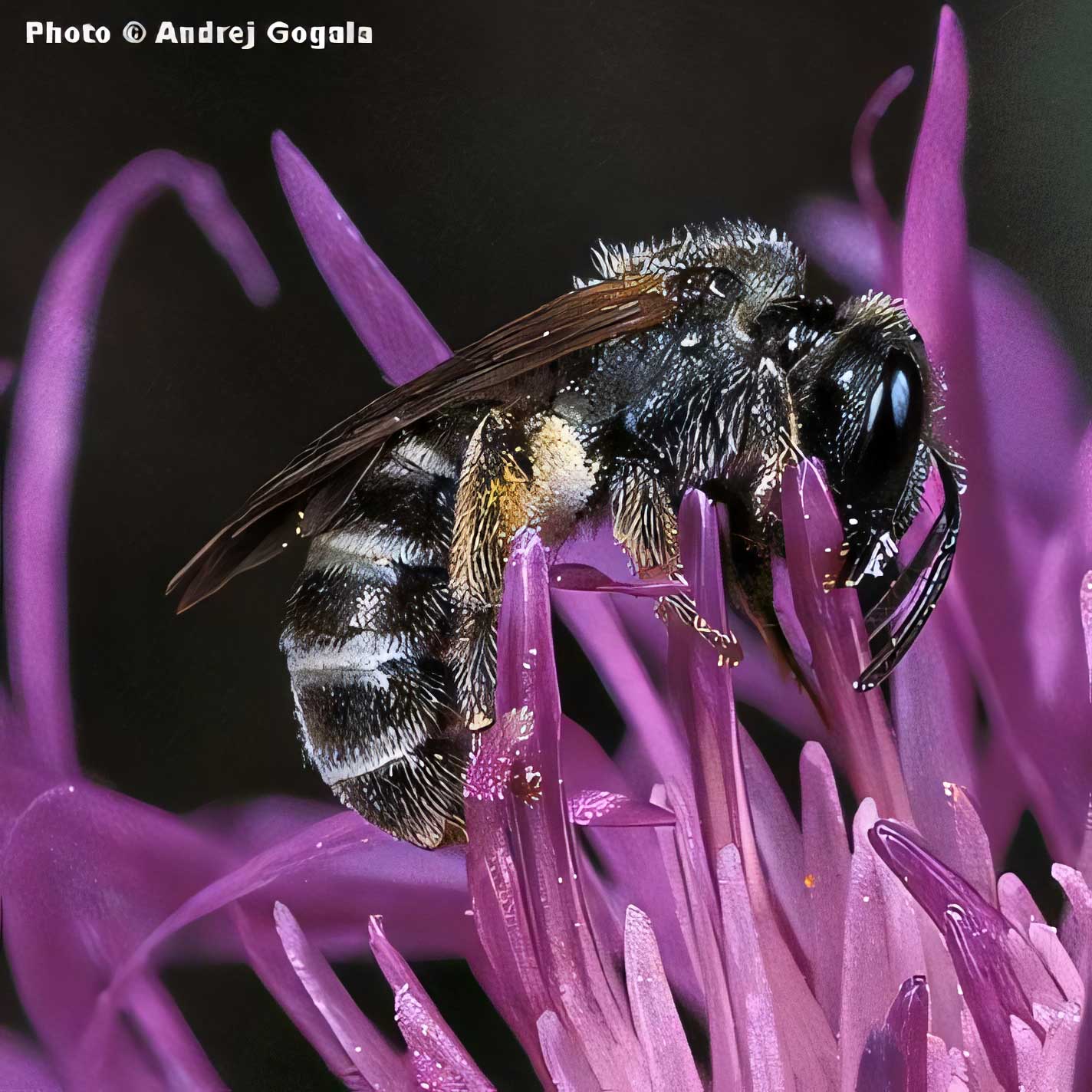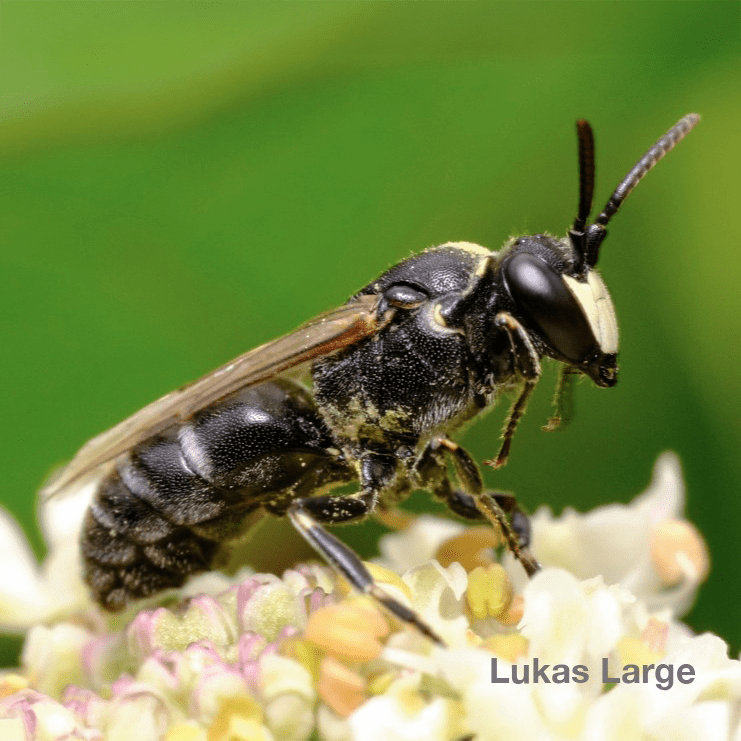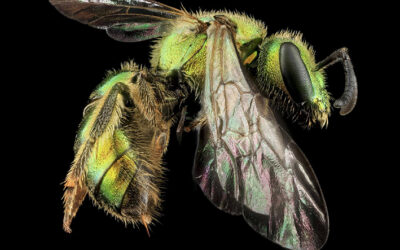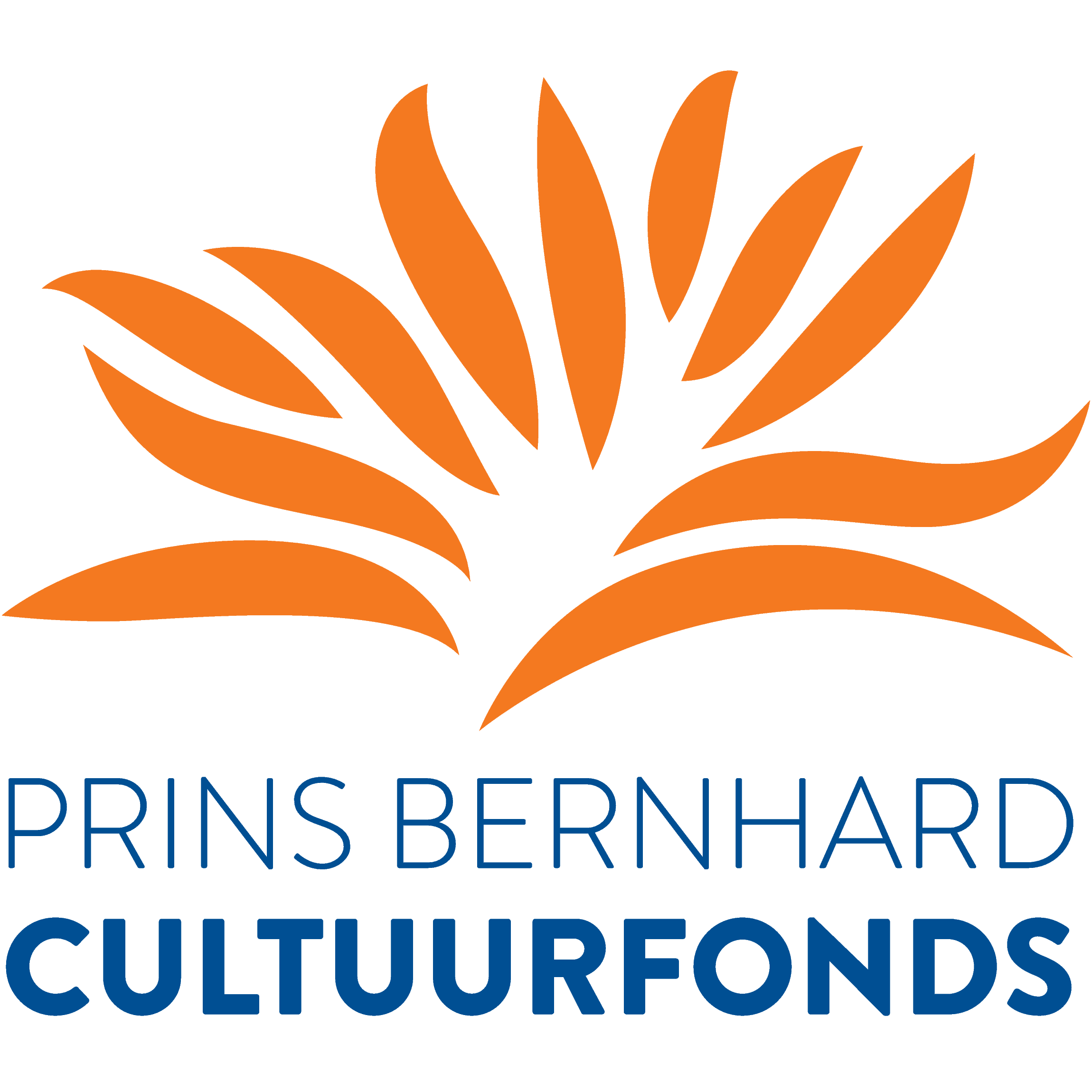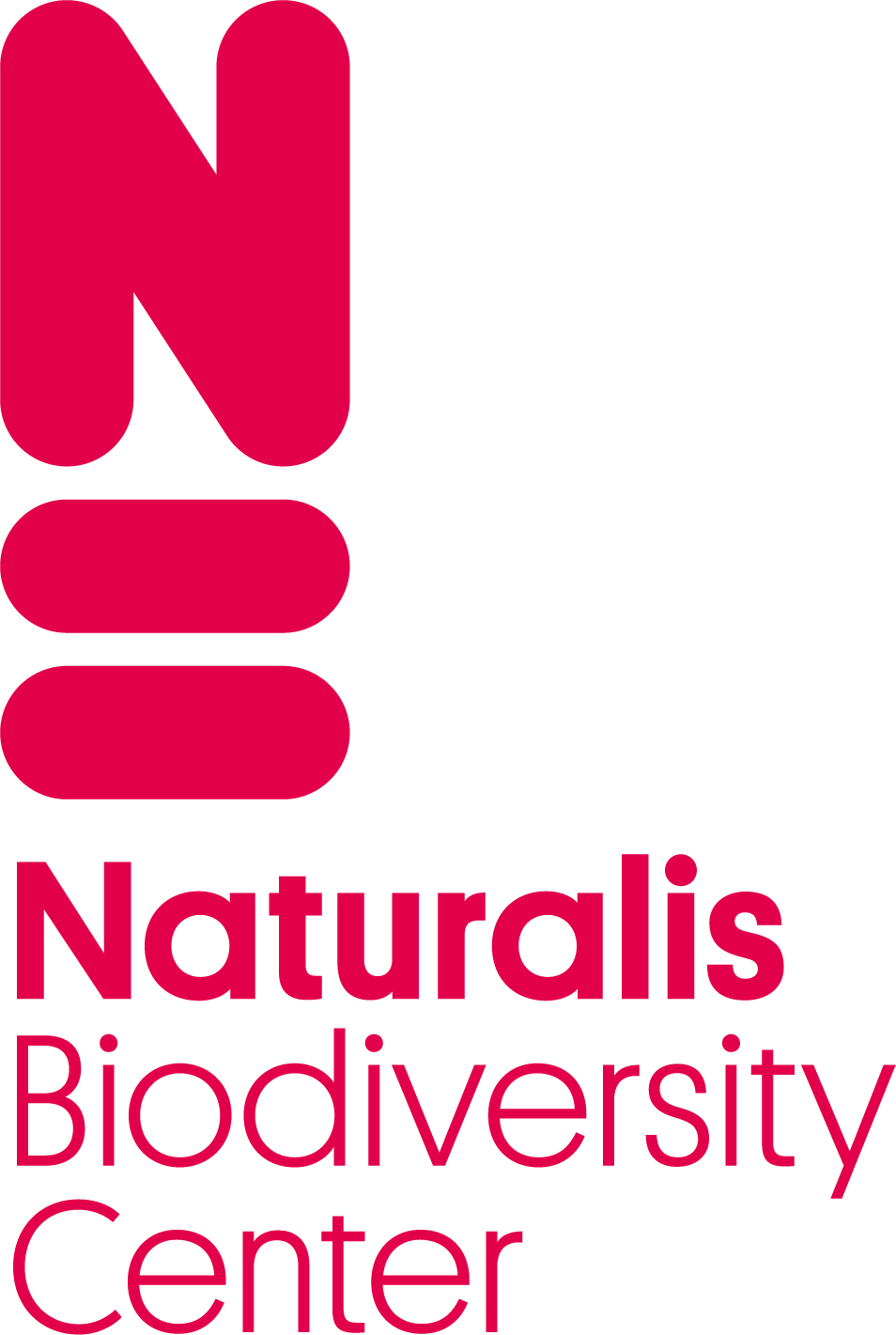RefuBees and the City
Art / Science
What is it?
Network
Experts, Academics, Innovators
Symposia
Workshop, Lectures, Symposia.
BeeTotems
as social sculptures
Case Studies
Comparisons
BeeCircus
Infotainment
Education
Awareness, Learning
Media
Film Photo Archive
Sponsors
Companies
FAQ
HowTo
Press
Docu
Blog / News
Totemism
Totemism, Cultural Symbols and Community: Ancient Practices, Modern Art and Parallels to the Maypole
Art/Science
The dynamic interplay of art and science
Rosa de Wolf
Rosa works as a PhD candidate in the Urban Ecology Design Lab
‘Frontrunner’ Symposium at De Balie
In the series The Frontrunners, Teun van de Keuken meets Hans Kalliwoda
Art + SCIENCE
Comprehend
Art/Science
The TUDelft Urban Ecology Lab highly values collaboration that spans multiple disciplines and incorporates art as an essential element for enhancing outcomes..
How does the collaborative partnership between art and science contribute to inventive approaches in both domains?
Bob Ursem
Bob Ursem, Scientific Director Emeritus of the Botanical Garden at Delft University of Technology
Case Studies: Methodologies to create temporary urban solutions for all RefuBees
Case Studies Lead the Way Forward
Symposium 2014
As part of Hans Kalliwoda's PhDArts trajectory, he initiated and organised a symposium titled 'The Inner City as Nature Reserve!' This avant-garde...
Connect
Network
Our Network concerns itself with a small but very important world, the one of wild bees and pollinators in an urban context.
How does the establishment of an interdisciplinary network focused on the pollination crisis contribute to addressing this critical issue and what role do knowledge networks and multidisciplinary approaches play in this effort?
Network
Bernhard Hoiss
Bernhard Hoiss, focus on wild bees, birds and hoverflies at the Bavarian Academy for Nature Conservation and Landscape Management
Wolfgang Weisser
Chair of Terrestrial Ecology and Head of the Department of Life Science Systems at the TUMunich
Dominic Dijkshoorn
Quantum research and wild bees
Nico Tillie
Leader of the Urban Ecology and Ecocities Lab at Delft University of Technology
Symposia
Participate
Symposia
A symposium is a focused academic event where experts share opinions on a chosen topic in a formal setup.
How can the unconferencing approach, which encourages participant-driven dynamics and idea exchange, enhance the traditional symposium model and lead to tangible solutions in events?
No Results Found
The page you requested could not be found. Try refining your search, or use the navigation above to locate the post.
Experience
BeeTotems
The creation of ‘BeeClans’ via BeeTotems, tailored for different native bee species in urban settings, creates biotopes and stimulates active participation among local residents.
How does the BeeTotem project combine sociological, ecological, and educational elements through performative acts, sculptures, and scientific research to transform the City into a temporary nature reserve for pollinators?
Beetotems
Opening ceremony Palmgracht/Amsterdam
Opening ceremony to welcome the RefuBees
Education
Education generates understanding of the intricate relationships within ecosystems
BeeTotems
The BeeTotem project combines sociological, ecological and educational elements through performative acts, sculptures and scientific research.
Case Studies: Methodologies to create temporary urban solutions for all RefuBees
Case Studies Lead the Way Forward
Case Studies
Compare
Case Studies
Our story unfolds in 2014 when scientific research revealed a surprising truth: wild bees not only survive but thrive in urban settings when compared to the countryside.
What methodologies are employed and what are the evaluation processes when creating case studies that support a entire range of RefuBees?
Bronze Furrow Bee
The Bronze Furrow Bee is difficult to spot, because of its small size, however it’s one of the most common wild bee species in this country.
Mignonette Yellow-face Bee
A small, slender bee with a shiny black body. Males display distinctive white or yellow face markings that resemble a ‘mask.’ Unlike many bees, this species has very little body hair, which can lead to confusion with wasps or flies.
Orange-vented Mason Bee
These solitary bees are widespread but rare. They are oligolectic, pollen specialists which are restricted to one plant genus or plant family.

Rampion Scissor Bee
What makes it interesting is that this bee is oligolectic, meaning it is dependent on only one particular plant species for its pollen and nectar.
No Results Found
The page you requested could not be found. Try refining your search, or use the navigation above to locate the post.
Beecircus
Playing with suspense
BeeCircus
The BeeCircus embodies the philosophies of positivity and open-mindedness, aiming to unite and inspire individuals concerned about our world’s future.
How does the BeeCircus utilise ‘infotainment’ as a means of raising awareness and promoting active participation in local communities, and what is the broader impact it aims to achieve through this unique approach?
No Results Found
The page you requested could not be found. Try refining your search, or use the navigation above to locate the post.
Awareness and instructions
Education
In the sphere of education, considerable resources have been dedicated to organising symposia, creating bee performances and circus acts, delivering lectures, fostering networking, and, notably, instituting enduring, hands-on programs tailored for students in numerous educational institutions.
How can the Bee Totems and Sidewalk tiles be utilised to encourage individuals to recognise their integral role in the natural world and empower them to actively contribute to environmental preservation, particularly through educational programs?
education
No Results Found
The page you requested could not be found. Try refining your search, or use the navigation above to locate the post.
Media
Information
Media
Our objective is to provide you with a comprehensive understanding of the development processes accomplished by thorough documentation and storytelling using audiovisual materials.
What specific visual elements are you interested in viewing?
Assembling the 3D Bee
Assembling the 12,000-fold magnified hyperrealistic wild bee
Opening ceremony Palmgracht/Amsterdam
Opening ceremony to welcome the RefuBees
Media
Here you can find in-depth documentaries, mainly in the form of audiovisual media
Support
Sponsors and Grants
If financial resources were available in abundance, how might we enhance innovations and nature conservation efforts to ensure not only the preservation of our planet’s biodiversity but also the survival of mankind in our contemporary context, where environmental challenges pose significant threats to our existence?
Sponsors and Grants
No Results Found
The page you requested could not be found. Try refining your search, or use the navigation above to locate the post.
FAQ
Understanding
FAQ
Once upon a time in the enchanted forest of EcoVille, the animals decided to form the “Fellowship of Animal Questions” or FAQ for short. It all started when a squirrel named Sammy asked a question that left everyone baffled. ‘Why do insects suffer harm when they drink groundwater?’ he inquired, scratching his furry head.
Do you have a question too?
No Results Found
The page you requested could not be found. Try refining your search, or use the navigation above to locate the post.
Critical observation
Press
In a picturesque European village plagued by peculiar headlines in the local paper, ‘The Polder Echo,’ a resident named Dirk learned to read between the lines. One day, an article titled ‘River Mystery” caught his attention, describing unusual froth and disappearing fish. Dirk’s intuition kicked in, and he realised the pollution problem was hidden in plain sight.
Did you hear this story too?
Press
No Results Found
The page you requested could not be found. Try refining your search, or use the navigation above to locate the post.
Get In Touch
- this website is made possible by iFolio and Blindpainters foundation
